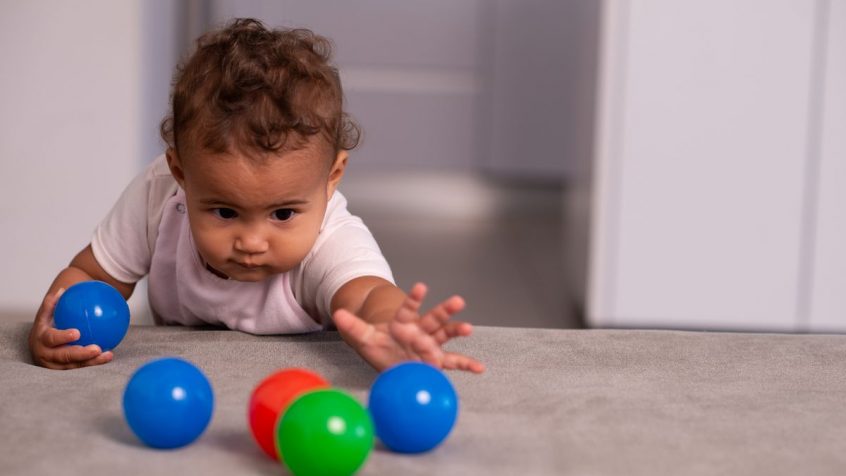From everything I’ve read and studied I’ve concluded the best way to help a baby master the complex task of talking is to talk to them. A lot.
Victorian nannies knew how important this was and kept up a running commentary throughout the day, “now we will put our wellies on because it’s wet outside” or “let’s get ready for tea and start by washing our hands…”.
Despite hearing so many words all day long, some children turn out to be slower to learn words and meanings than others. But why is that?
Researchers led by Dr Larissa Samuelson at University of East Anglia alongside assistant professor Samuel Forbes and researchers from Augustana College, Illinois, US, have taken the first step towards answering this – by studying how a child picks up language.
The scientists used a simple game to study how 66 children aged between 17 and 31 months learn words.
They aimed to find connections between early child language development and being able to identify words with everyday objects. They hoped they’d be able to pick up any sign of language delay early in a child’s life.
Of course a baby is born wanting to communicate and what the scientists found out was fascinating. The toddlers were shown new objects made from clay, plaster, Styrofoam, yarn, and plastic mesh. The children were then told the names of the new objects and asked what other things there were that could be called by the same word e.g. small BALL, big BALL.
The most critical part of the study was filming where the children were looking throughout the game, their “gaze”.
Turns out a baby’s gaze is very important in learning to talk. Researchers were able to watch the film back frame by frame to see where the toddlers were looking before and after they were shown a new object.
It seems that children who can acquire words quickly also look towards objects that are the same shape as a named object.
Those who know fewer words look back and forth between the objects and take more time.
By understanding this phenomenon of gaze and language more intimately, the team hopes its research will help identify children who are at risk of developmental language disorder much earlier in their infancy.
They can then be offered earlier support to give them the best chance to build vocabulary before school.

